It’s a rare treat when a major publisher like Square Enix produces a visual novel like Paranormasight. I can imagine how it happened, though: A small team within the publisher had a cracking idea for a spooky story and, after seeing just how great the concept really was, Square Enix agreed to support the team in building it between their other duties. Everything about it feels like a “side project,” but that’s not a bad thing by any means, given the creative energy behind it. Paranormasight is little more than a dalliance for a company that, after one of its most productive years ever, has already this year published a massive Theatrhythm game, Octopath Traveler 2, and has the monumentally-big Final Fantasy XVI around the corner. Paranormasight is barely a blip on that company’s radar, but this game does deserve your attention.
The Seven Mysteries of Honjo actually exist, to start with. It’s a collection of urban legends and ghost stories out of modern-day Sumida in Tokyo, and there are actually many more than seven. Seven’s just a number that links nicely to Japanese ghost mythology and makes for a more dramatic title. So on this level, the game’s already going to appeal to anyone who has ever enjoyed yokai or yurei stories; the authenticity of a “real world” setting sets this creepy and intense visual novel up beautifully.
To quickly summarise the concept of Paranormasight; Over the course of a single night, a bunch of people find themselves in possession of curses – essentially death spells based on one of the “seven” mysteries. They’re all tasked with a simple goal. They need to kill enough of the other curse holders by daybreak, and they’ll be able to resurrect a lost someone and bring them back to life (so they think, anyway). Each curse has a specific requirement to activate that is in some way related to their curse’s mystery. For example, the first chapter has you in control of a guy whose curse requires the person that he’s talking to to turn their back on him, at which point he can activate his curse and kill them. A schoolgirl has a curse that requires the victim to hear her curse’s bell without her being spotted. Another character’s curse relies on her opponent being in contact with something that creates fire, and so on.
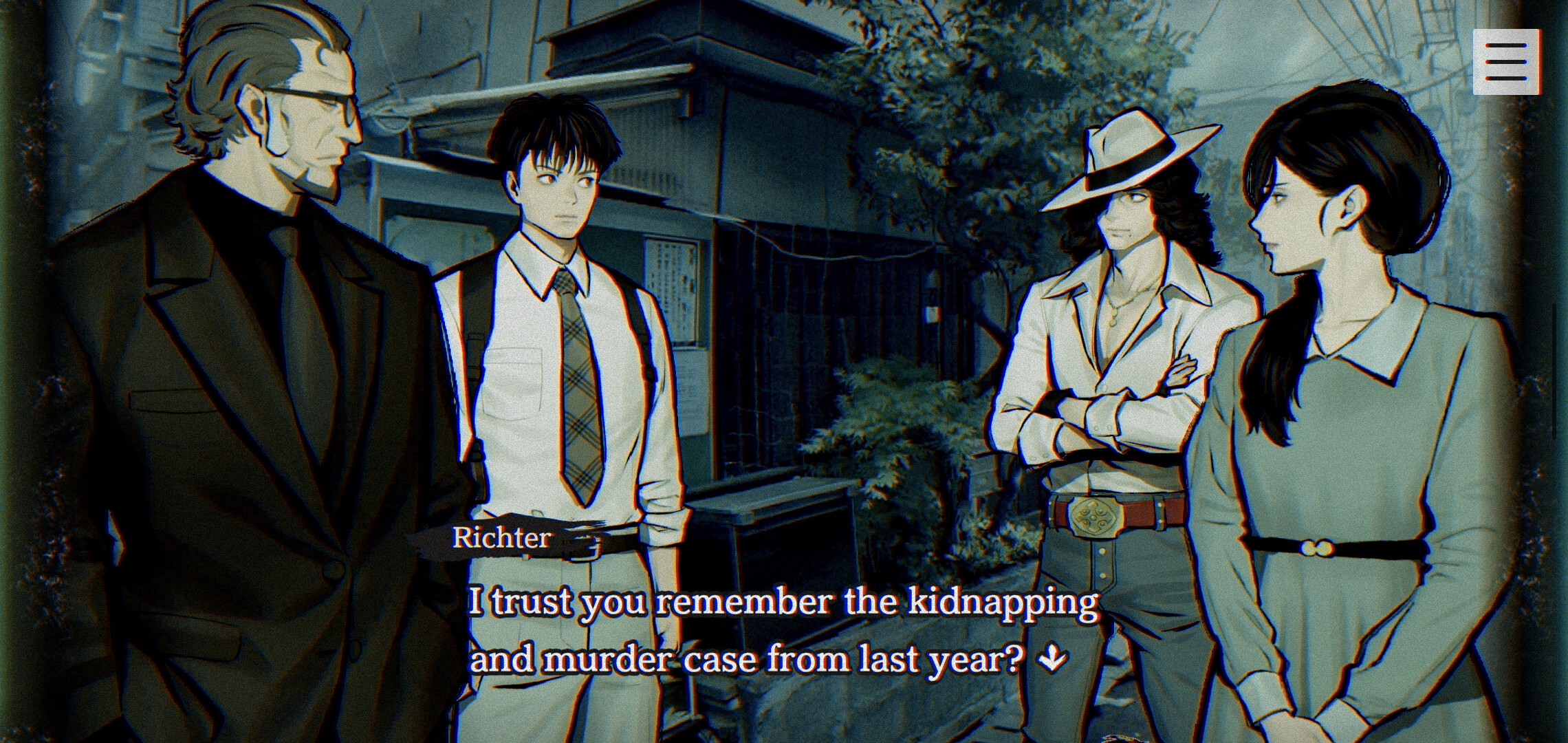
And from here the game starts. Each character runs around the Sumida area looking for other curse holders. The two of them then stand off, trying to figure out what activation conditions their opponent has, while also trying to get the opponent to trigger their activation ability.
Not all characters act as willing participants in the death game, of course. Several of them have severe hangups about the fact that they’re seeking to murder other people. Meanwhile, characters with a more psychotic streak embrace the opportunity to play with open arms. Others are desperate to resurrect someone and, while they feel guilt over what they’re doing, believe they have no choice but to participate. We’ve seen plenty of other films, TV shows and video games that play on this death game concept now. Paranormasight, at a very high-level conceptual level, isn’t doing anything that Danganronpa, Virtue’s Last Reward, Gnosia, Squid Game or even reality TV like Survivor hasn’t already proven to be popular with audiences many times over at this point. It’s an application of Game Theory, with all the philosophical and psychological implications that come with that.
But it’s also an exceptional application of it. Unlike some others (like Danganronpa), it’s not particularly interested in building up characters. They’re presented as broad-brush archetypes for particular roles within a play. They’re well-written in their brevity, but you’re not going to get particularly deep characterisation out of them. It doesn’t really matter, though, because the game itself is so intricately constructed and the various battles of wills and curse abilities are fundamentally fascinating. And tense. You often feel like you can cut the atmospheric tension with a knife, and the game is very effective at conveying just how critical the stakes are.
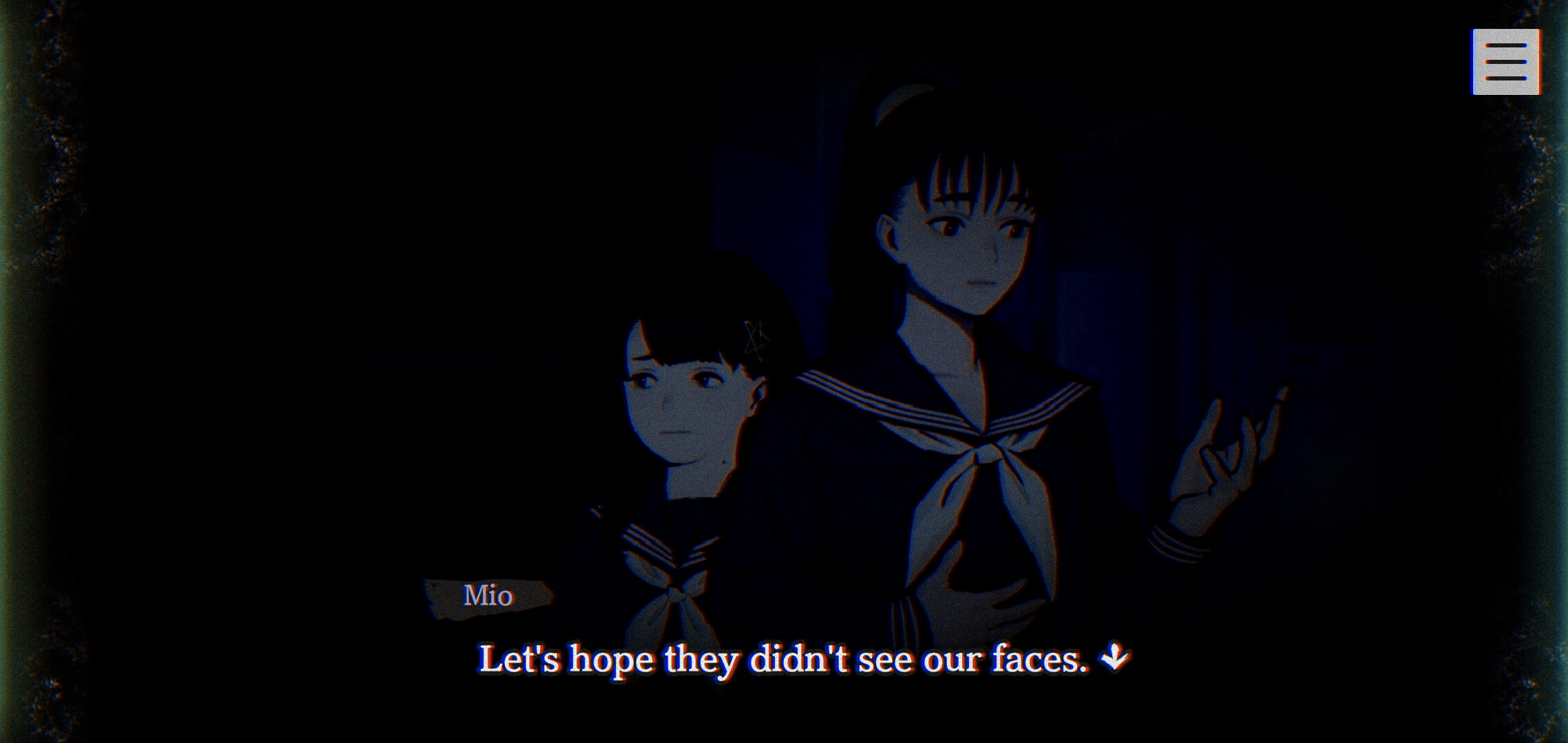
The other side to Paranormasight is that it is a horror game, and while it’s not particularly bloody or explicit in its violence, it’s right up there with the amazing Death Mark for how effectively it conveys atmosphere, and how horrible and fear-inducing these curses are. Even more than the curses, however, what I found particularly effective is the way the game plays with its setting and time frame: i.e. the hours of stillness between midnight and daybreak, where it does feel lonely to be out and about in a normally bustling city by yourself. In real life if you find yourself out during these hours, and come across another person on the street or park, you’re going to be inherently distrustful of them, and the shadows that are all around you once all the home and apartment lights are turned off are long, deep and lonely. Paranormasight is very firmly psychological horror, and what is most effective about it is that, for all the supernatural monsters and curses that are depicted through it, it’s in the way it presents a mundane and relatable setting where the game finds its true terror.
Mechanically, it’s a fairly standard visual novel. In most scenes, you’re able to look in a 360-degree circle around your character, and that allows you to investigate areas for clues or people to interact with. When you do have a dialogue with another character, you’ll sometimes have a couple of options to choose between as responses to questions or challenges.
What distinguishes this game is its looping and non-linear nature. You’re almost certainly going to fail on your first attempt at any character’s narrative arc. At that point, you’re able to go back and try again. Or, alternatively, you can try a different character’s chapter to see if revelations from their narrative help you progress your previous character’s story. Some critical dialogue options, for example, are set to be locked off until you’ve learned something somewhere else first. Meanwhile, some of the puzzles that you’ll encounter are pretty devilish, too. For example, one curse allows a character to kill their opponent if their opponent hears their wail. The solution to this isn’t found in navigating a dialogue sequence perfectly or finding a particular item. Instead, it involves entering the settings and turning the “voice” volume down to zero. Now that you’ve done that, you can’t hear the curse, see? The meta nature of these puzzles will really get you thinking laterally, and it’s incredibly rewarding to solve them, but if you’re ever stuck there’s also a special “storyteller” character that will drop in to give you some leading hints.
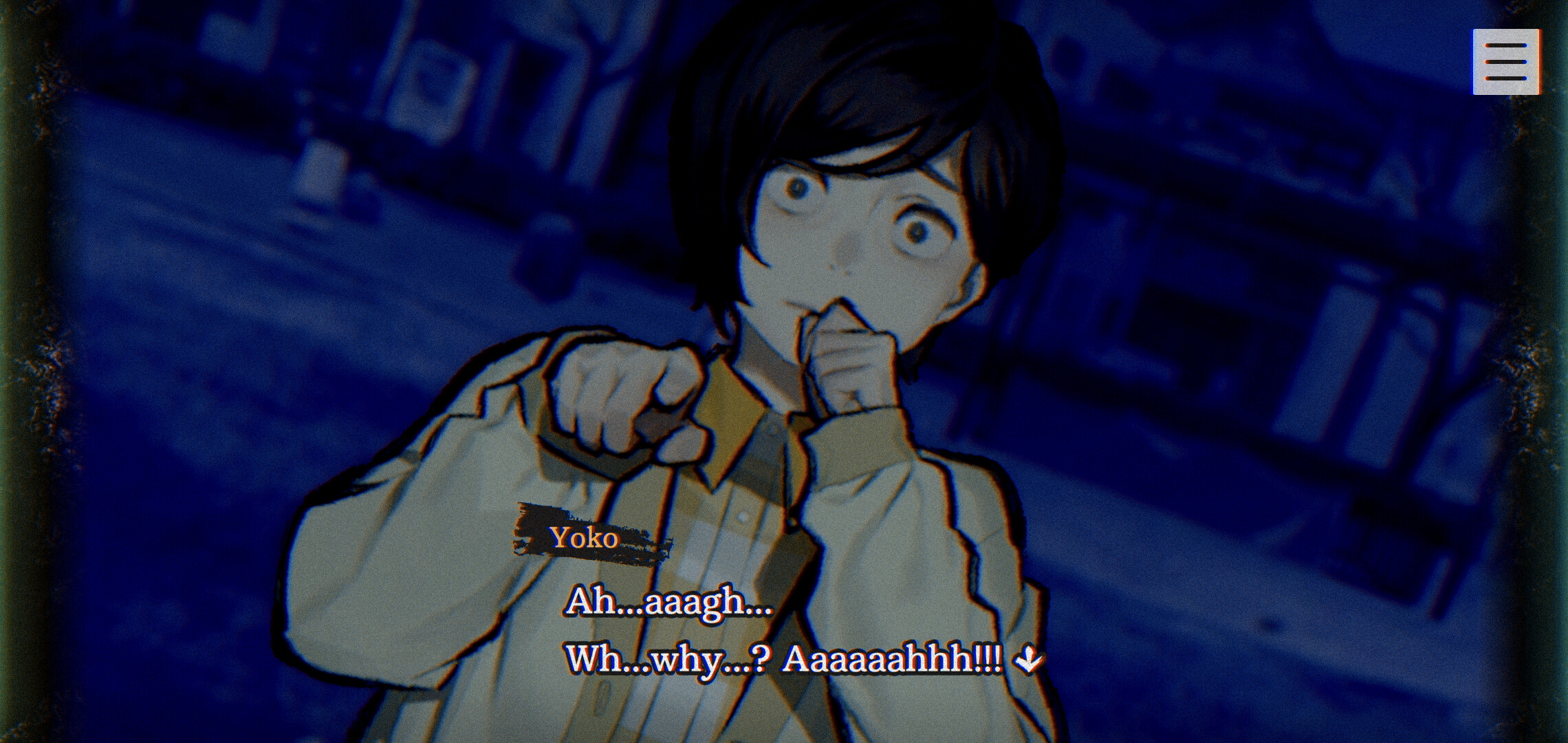
With stunning and highly stylised character art, some exceptional and efficient writing, and some excellent “death game” scenarios, Paranormasight is one of the better visual novels that I’ve played in some time. Square Enix might not be known for this genre, but perhaps the company should look for more opportunities to participate in it, because while this won’t outsell Final Fantasy XVI (to put that mildly), it does remind us of how, among the bigger publishers, it is probably the most creative and willing to take risks on smaller scale projects like this… and just how good it is when big publishers support creative projects that aren’t expected to sell millions of copies.

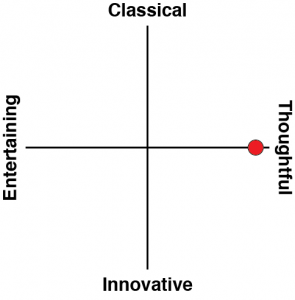
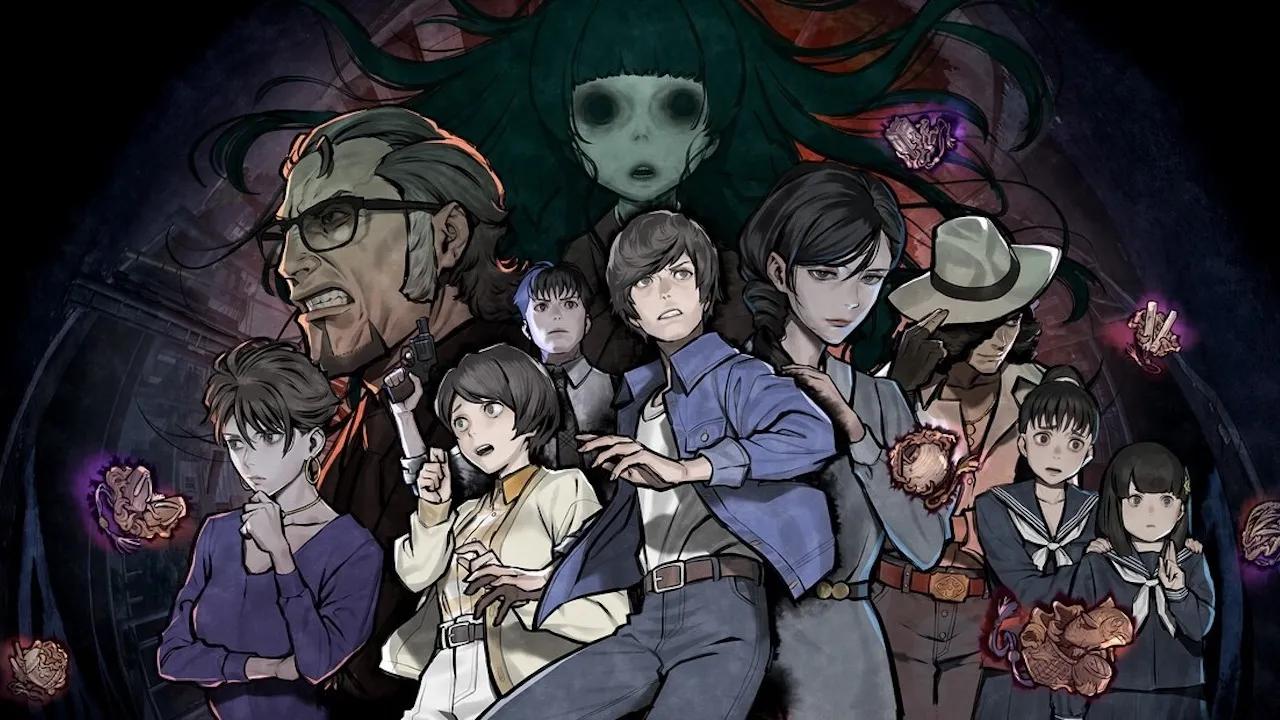

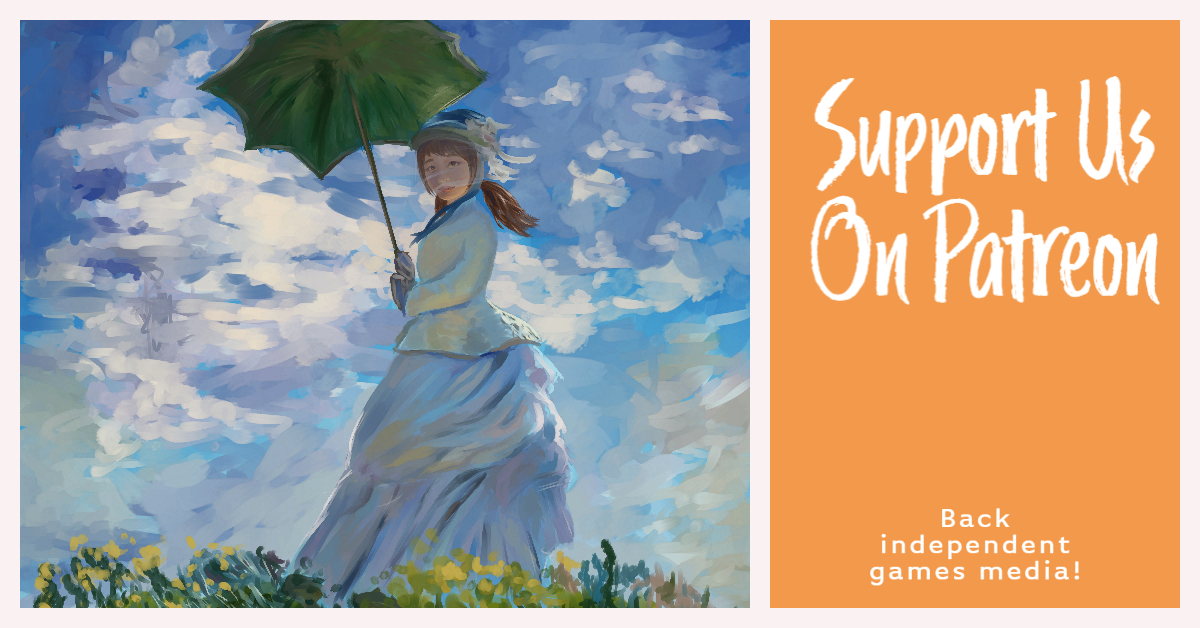



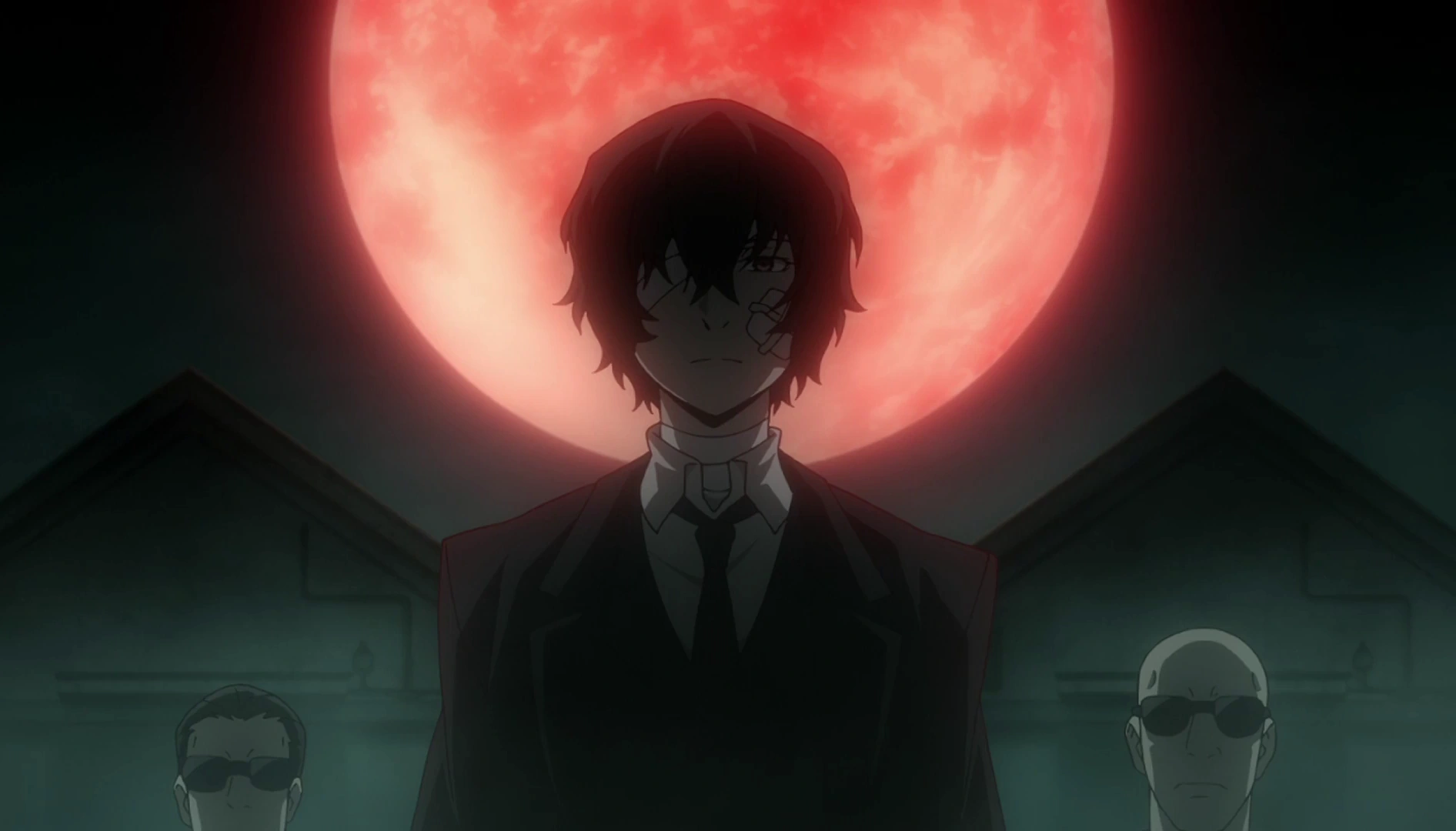
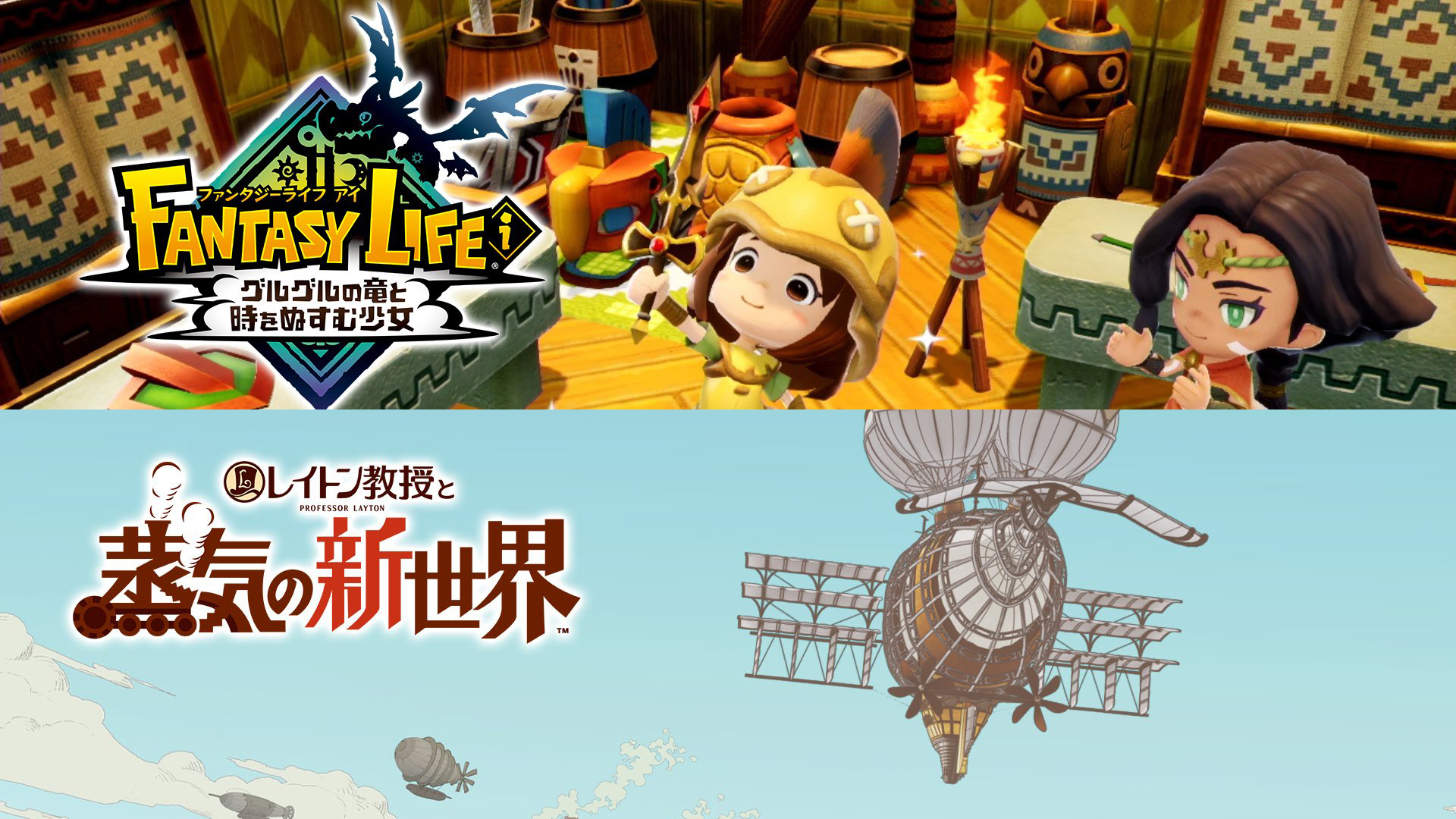


The best aspect of Square Enix lately is their wide variety of releases: big/AA/small, in different genres, new games next to retro remasters, a few online/many self-contained offline, some developed internally/some developed by external teams. They’re doing it right.
Many of the other aspects of late Matsuda-era Square Enix were boneheaded, but this was the good. btw, they will have far fewer releases in 2023 than 2022. Maybe quality will be more uniformly high?
I think the fact this is a Final Fantasy year has limited the sheer number of projects Square Enix can do. It’ll be all hands on deck with that game right now, and I would be surprised if there were any teams within Square Enix that weren’t pitching in.
But yeah, I’m a renewed fan of Square Enix. They’re doing everything from the artsy to the mainstream blockbuster, and that is the obligation that all big publishers should have. Further the art form while making good money.